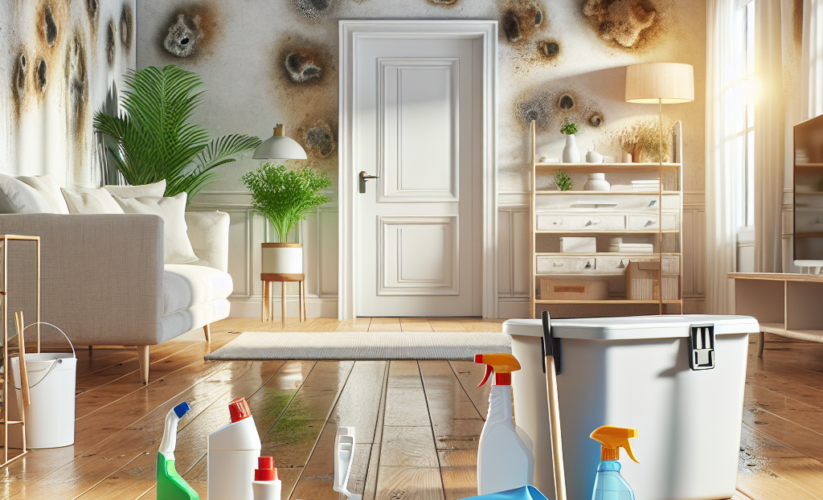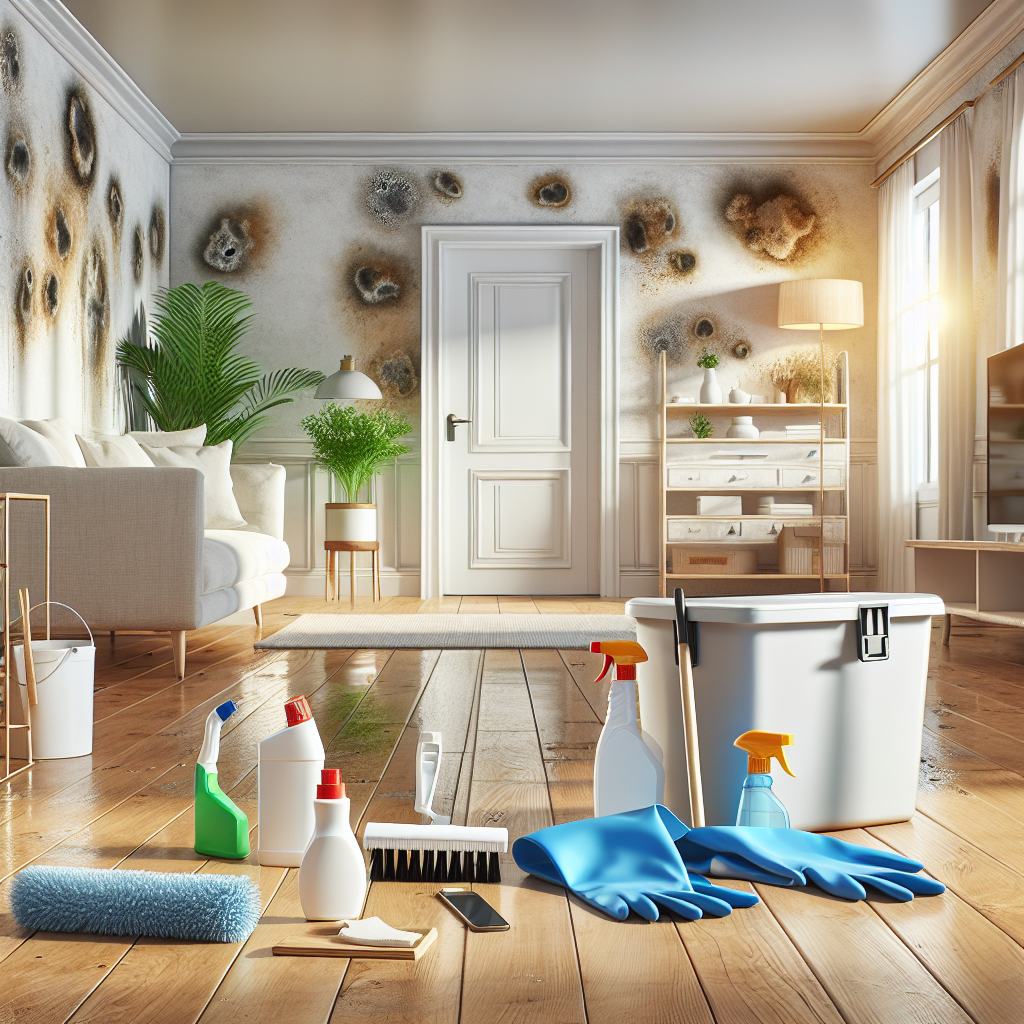
“10 Proven Ways to Eliminate Schimmel Wand for Good”
Schimmel Wand: Understanding and Preventing Mold Growth
What is Schimmel Wand?
Schimmel Wand, or mold on walls, is a common problem in many homes and buildings. It can affect not only the aesthetic appeal of your living space but also the health of the residents. Mold thrives in damp, dark environments, making bathrooms and kitchens prime locations for growth. Understanding what causes mold to form and how to combat it is essential for maintaining a safe and healthy home.
Causes of Mold Growth
Several factors can contribute to the presence of Schimmel Wand in your home. High humidity levels, poor ventilation, and water damage from leaks or spills are leading causes. In enclosed spaces, stagnant air can increase moisture, creating an ideal breeding ground for mold spores. Additionally, temperature fluctuations can lead to condensation, especially on colder walls, further promoting mold growth. Regular monitoring of these conditions is crucial to prevent mold issues.

Identifying Mold on Walls
Identifying Schimmel Wand early can save you from more extensive damage and costly repairs. Look for visible signs such as discoloration, often appearing as black, green, or white patches on surfaces. A musty odor can also indicate mold presence, even if it isn’t immediately visible. Conduct regular inspections, especially in areas prone to dampness, such as basements, bathrooms, and around windows. A proactive approach in recognizing these signs can mitigate long-term impacts on your property.
Health Risks Associated with Mold
Understanding the health implications of Schimmel Wand is essential for homeowners. Mold can release allergens and irritants into the air, which can lead to respiratory issues, allergies, and other health problems. Individuals with asthma or weakened immune systems are particularly vulnerable. Long-term exposure to mold can cause chronic health issues, including sinus infections and prolonged allergic reactions. Therefore, addressing mold infestations promptly is not just a matter of aesthetics; it’s a vital health concern.
Mold Removal Techniques
Removing Schimmel Wand effectively requires a combination of cleaning methods and preventative measures. For small areas, you can clean mold with a mixture of water and detergent, while larger infestations may necessitate the use of commercial mold removers. Be sure to wear protective gear, such as gloves and masks, when handling mold. In some cases, if mold has penetrated deeply into walls or structures, consulting a professional remediation service might be the safest option.
Preventing Mold Growth
Preventing Schimmel Wand begins with controlling moisture levels in your home. Use dehumidifiers in areas with high humidity, and ensure proper ventilation by opening windows and using exhaust fans, especially during showers or when cooking. Insulate cold surfaces, such as pipes and walls, to reduce condensation. Regularly check for leaks around windows and pipes, fixing any issues immediately. These preventive measures can save you from extended mold-related problems in the future.
When to Seek Professional Help
While many mold problems can be managed independently, there are circumstances where professional help is necessary. If you notice extensive mold coverage, particularly over 10 square feet, or if you have health concerns regarding mold exposure, it’s time to consult a specialist. Professionals possess the necessary equipment and training to eradicate mold effectively while ensuring the safety of the occupants. Furthermore, they can assess and resolve underlying moisture issues that may contribute to recurrent mold growth.
Choosing a Mold Remediation Service
When selecting a mold remediation service for Schimmel Wand issues, it’s important to do thorough research. Look for certified companies that provide references and detailed assessments of the mold situation. Ensure they have experience in handling similar mold problems, and ask about their remediation methods. A reputable service will conduct a follow-up inspection to ensure that the mold has been effectively removed and that corrective measures are in place to prevent future occurrences.
Case Study: Successful Mold Remediation
Consider the case of a family living in an older home where Schimmel Wand had become a significant issue due to a leaking roof. After discovering the problem, they contacted a specialized mold remediation service. The professionals assessed the property, identified moisture sources, and developed a plan that included removing affected drywall and cleaning beams. They also installed ventilation solutions and performed air quality tests. After remediation, the family reported significant improvement in air quality and health conditions, emphasizing the importance of timely and effective mold management.
Key Takeaways
- Understanding the causes and effects of Schimmel Wand can help in preventing and managing mold growth.
- Regular inspections and quick responses are crucial to mitigating mold-related health risks.
- Preventative measures such as controlling humidity and ensuring proper ventilation can significantly reduce mold issues.
- Do not hesitate to seek professional help for extensive mold problems or personal health concerns.
FAQ
1. How can I tell if mold is present behind my walls?
Signs of potential mold hidden behind walls include persistent dampness, a musty odor, or peeling wallpaper. If you suspect hidden mold, consider using a moisture meter or seeking professional help to investigate more thoroughly.
2. Can I remove mold myself?
For minor mold issues, affordable mold removal techniques can be effective. However, ensure you follow safety precautions, such as wearing masks and gloves. If the affected area is large or you have health concerns, consulting a professional is advised.
3. What are the best ways to control indoor humidity?
To control indoor humidity, use dehumidifiers, especially in damp areas. Ensure proper ventilation through exhaust fans and open windows. Regularly check for leaks and maintain an overall clean, dry environment to inhibit mold growth.
4. Is all mold harmful?
Not all mold is harmful; some are beneficial and even used in food production. However, indoor mold growth can pose health risks, so it’s essential to manage and remove unwanted mold from living spaces promptly.
5. What should I do if I have mold allergies?
If you have mold allergies, consult with a healthcare professional for personalized advice. Avoiding exposure by managing household moisture and cleaning mold promptly can help reduce allergy symptoms and improve overall health.